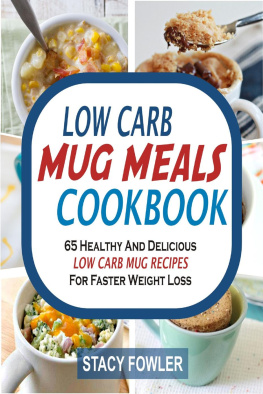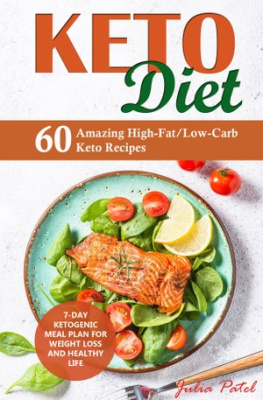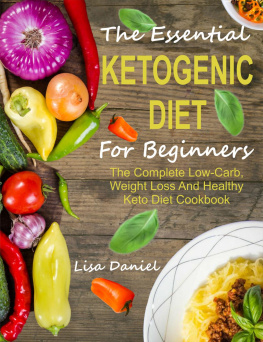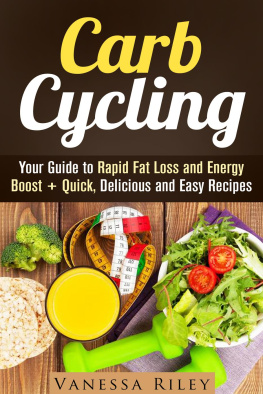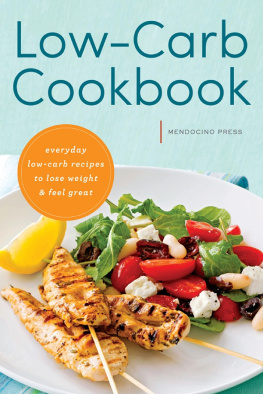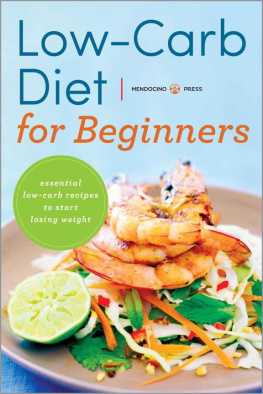The Low Carb Cookbook For Beginners
How to Lose Weight with Quick and Healthy Low Carb Diet Recipes - Bonus: 45 Days Weight Loss Challenge
1st Edition
Copyright [2019] [Julia Sophie Harris]
All rights reserved
All rights for this book here presented belong exclusively to the author.
Usage or reproduction of the text is forbidden and requires a clear consent of the author in case of expectations.
ISBN- 9781072334385
Table of Contents
Disclaimer
The authors ideas and opinions contained in this publication serve to educate the reader in a helpful and informative manner. We accept the instructions may not suit every reader and we expect the recipes not to gel with everyone. The book is to be used responsibly and at your own risk. The provided information in no way guarantees correctness, completion, or quality . Always check with your medical practitioner should you be unsure whether to follow a low carb eating plan. Complete elimination of all misinformation or misprints is not possible. Human error is not a myth!
Introduction
Low-carb Diet in a Nutshell
Our food is nutrients, and the three primary nutrients are carbohydrates, proteins, and fats. We may choose to favour or restrict any of these macronutrients, which allows us to classify diets as high-carb, low-fat, high-protein, or low-carb. When we restrict carbs to under 130g per day, we are talking about a diet that is low in carbohydrates. What happens when we are on a low-carb diet? And how low-carb can we go?
When we eat fewer carbs, we must supply the rest of the calories that the body needs to make fuel from the other two sources: fat and protein. Thus, a low-carb diet is a diet high in protein and healthy fats. Why do people choose to eat more fat and reduce carbs? Isnt that against common sense? Well, no. Fats have always been blamed for obesity, perhaps because being obese literally means being fat.
Based on that belief, low-fat foods were invented to minimize obesity and make all people slender. In reality, the so-called low-fat foods were the beginning of the obesity epidemics because, while they were deprived of all fats, those foods were packed with all the bad carbs. Since they are less calorie-rich, it is easy to eat more carbs than your body needs. So, what happened to the extra carbs? The body turned them into fat.
People go for low-carb diets because they want to shed weight. How does it work? Sugar and starches, i.e., carbohydrates, make our blood sugar levels oscillate and tend to heighten insulin (fat-storing hormone) levels. At some point, the body can no longer produce enough insulin to normalize blood sugar levels, i.e., we get Type 2 diabetes. Therefore, if we take starches and sugar away, we get stabilized blood sugar levels and reduced insulin levels.
We get a balance. We stay away from obesity, and we lose weight because the body must feed on something. We are not giving the body carbs, so it must feed on fat and protein. Plus, the body will not feel like it needs to eat as much since glucose levels are stabilized and they dont go up and down triggering hunger all the time.
Facts about Carbohydrates
Carbs are the most abundant form of biomolecules, and they are mainly responsible for transporting energy. Carbohydrates are informally referred to as carbs and are starches or sugars. Carbs are an essential food source. However, they become a problem when we give our body too many carbohydrates. In fact, we give our body so many that the it cant store them as glycogen and must turn them into fat. Too many carbs make us fat.
Did you know that?
Carbohydrates, carbs or saccharides are the same thing.
Main sources of starch are bread, rice, pasta, beans, and cereals.
Fruits are mostly sugars, and sugars are carbohydrates.
High glycaemic index (GI) carbs enter the bloodstream as glucose.
A low-GI diet improves the chance of a healthy lifestyle and weight.
Types of carbohydrates
Monosaccharides:
Monosaccharides are the smallest sugar units. Glucose is energy for the cells. Galactose is found in milk and dairy. Fructose is found in vegetables and fruit.
Disaccharides:
Disaccharides are carbs that form by bonding two molecules of monosaccharides.
Lactose (glucose + galactose)
Maltose (glucose + glucose)
Sucrose (glucose + fructose)
Polysaccharides:
Polysaccharides are a chain of two or more monosaccharides. Glycogen is a polysaccharide that humans and animals store in the liver and muscles.
Simple and complex carbs
Simple carbs
Monosaccharides and disaccharides are simple carbs. On the other hand, polysaccharides are complex carbs. Sugars are simple carbs, and they are a rapidly absorbed form of fuel or energy. However, while the effect of elevating blood sugar levels is quick, the drop of blood sugar levels and the increase in insulin levels is just as quick. Essentially, when we eat sugars, we feel satiated for a very short time. Hunger sets in quickly after.
Complex carbohydrates
Complex carbs are long-chain sugar molecules. Basically, wholegrains are the best examples. Since they have fibre still attached to sugars, complex carbs fill us up for longer. Thats why fruit, wholemeal pasta, or vegetables are considered healthier than simple carbs, such as candies, even though they are still sugars.
Nutrition
When we take on a low-carb diet, we are told by the sceptics that the brain cannot burn fat, and so it needs glucose that comes from burning carbs. But fewer carbs does not mean zero carbs and a low-carb diet is rich in good carbs, plenty for the neurons to burn.
What happens when you switch to low-carb?
The body turns carbohydrates immediately into glucose for energy. It also stores some carbs in the liver as glycogen for future use. The extra carbs intake that the body does not use immediately or store for later becomes fat. But what happens when we dont provide the body with enough carbs to make fuel for its processes? When not provided enough carbs, the body turns to other sources of energy, such as fat and protein. As a result, the body starts burning the fat we give it as well as the fat it has stored for fuel.
Scientifically, fewer carbs stabilize glucose levels and reduce the need for the pancreas to produce huge amounts of insulin to be able to bring down the high glucose levels that high carb intake produces. A drop of the insulin levels minimizes fat storage in the body, which stimulates weight loss. Long-term, the body will need more and more insulin to reduce glucose levels. Its called insulin resistance. At some point, the pancreass beta cells will be depleted of insulin, and insulin will have to be provided from external sources. In short, youve got diabetes.
Are low-carb diets healthy?
Cutting carbs is linked to what is often called low-carb flu. The symptoms may include dizziness, irritability, headaches, weakness, and nausea. These may be called withdrawal symptoms because they are a manifestation of the bodys addiction to carbs as a source of energy. Our body has no experience in using anything but carbs as fuel, especially not fats. It has always burnt carbs for fuel.


